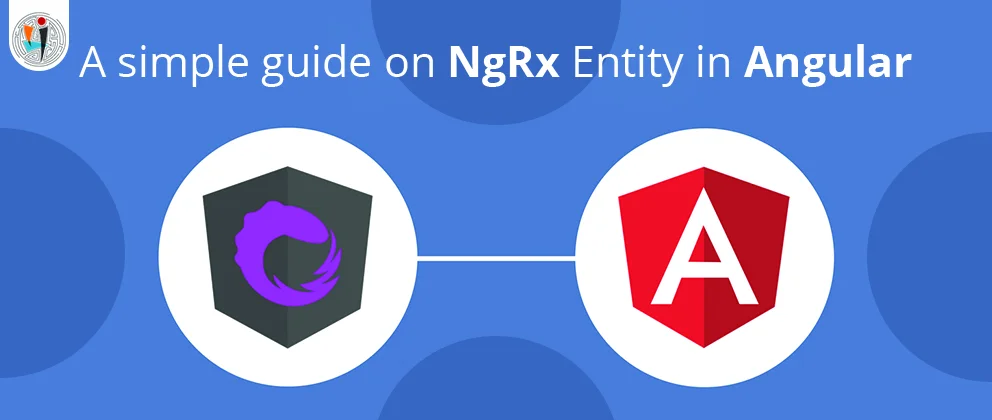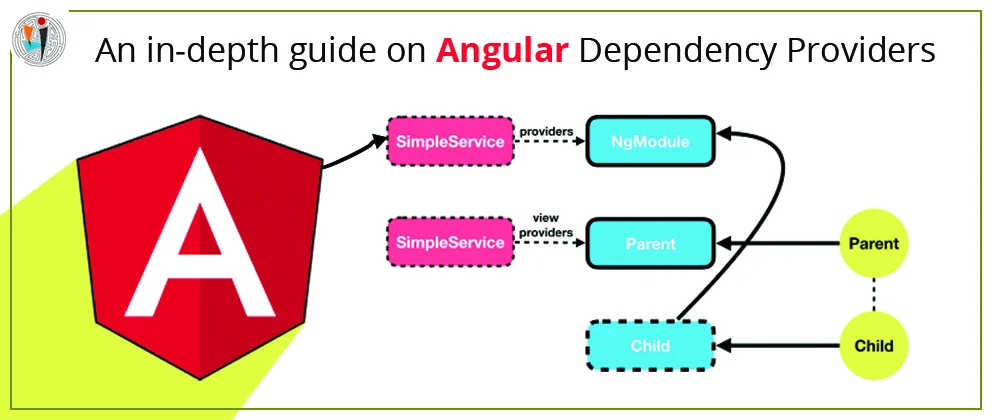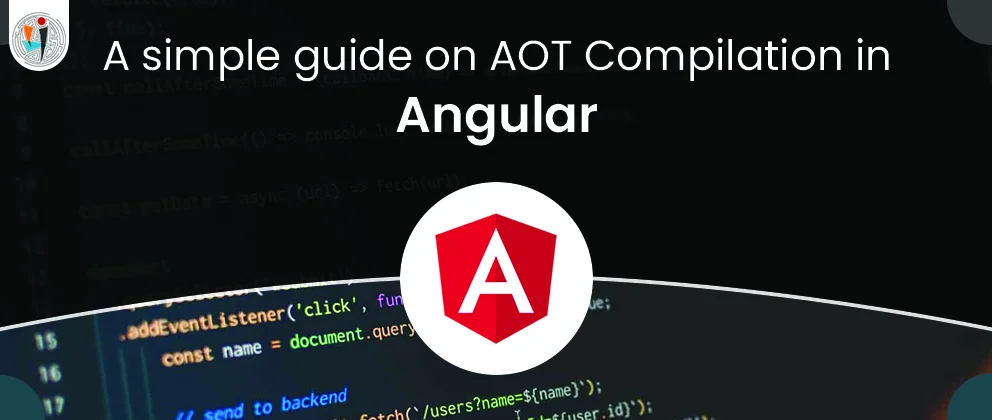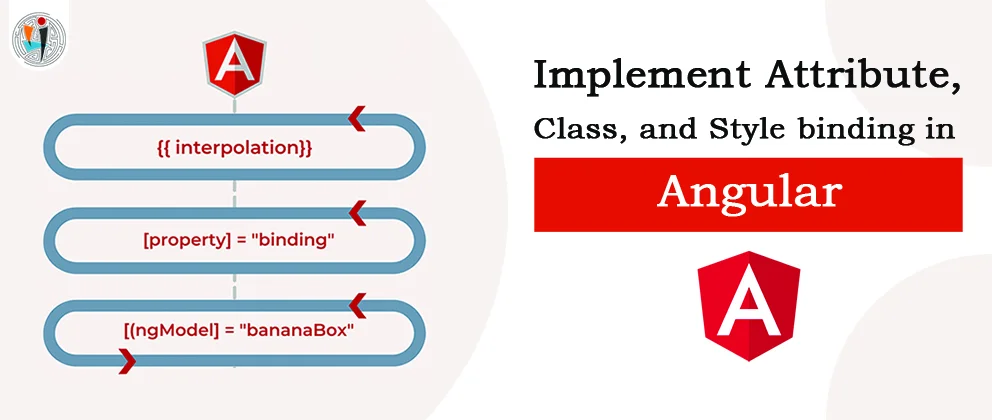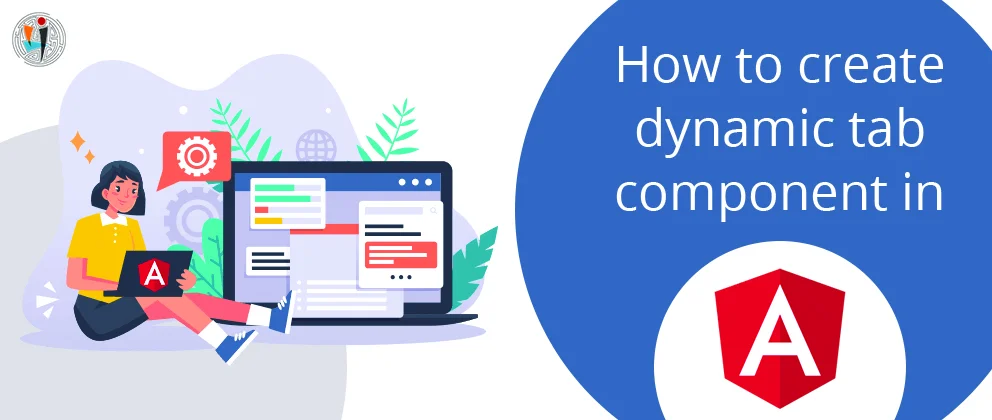Entity adapters for several types of entities can be created with @ngrx/entity. We can quickly define reducer operations and generate selects using an entity adapter. Let's imagine we want to develop an application that handles a library of diaries, based on our sample application. This is how the diary interface looks:
interface Diary {
id: string;
title: string;
}
Creating an entity adapter is the first step in developing a reducer that maintains this collection:
import { createEntityAdapter } from '@ngrx/entity';
const diaryAdapter = createEntityAdapter();
The interface for our diary's state must then be declared:
import { EntityState } from '@ngrx/entity';
export interface DiaryState extends EntityState { }
EntityState has the following shape:
interface EntityState {
ids: string[];
entities: { [id: string]: V };
}
There are two key reasons why we keep a list of ids and an entity dictionary:
- We aim to make finding a certain entity as quickly as possible. It's considerably faster to use the entities dictionary than to search through an array if we simply want to pick one diary from the shop.
- I'd also like to keep the list's order. This is critical if we want to keep the list organized!
EntityState's shape accomplishes both objectives. It can also be expanded to include additional relevant information in the diary collection, such as the presently selected diary.
Following that, we'll specify some actions:
import { Action } from '@ngrx/store';
export enum DiaryActionTypes {
ADD_ONE = '[Diary] Add One',
UPDATE_ONE = '[Diary] Update One',
DELETE_ONE = '[Diary] Delete One',
GET_ALL = '[Diary] Get All'
}
export class AddOne implements Action {
readonly type = DiaryActionTypes.ADD_ONE;
constructor(public diary: DiaryModel) { }
export class UpdateOne implements Action {
readonly type = DiaryActionTypes.UPDATE_ONE;
constructor(
public id: string,
public changes: Partial,
) { }
}
export class DeleteOne implements Action {
readonly type = DiaryActionTypes.DELETE_ONE;
constructor(public id: string) { }
}
export class GetAll implements Action {
readonly type = DiaryActionTypes.GET_ALL;
constructor(public diary: DiaryModel[]) { }
}
export type DiaryActions
= GetOne
| UpdateOne
| DeleteOne
| GetAll;
Now we're ready to develop our diary reducer with the diaryAdapter:
const initialState: DiaryState = diaryAdapter.getInitialState();
export function diaryReducer(
state: DiaryState = initialState,
action: DiaryActions,
): DiaryState {
switch (action.type) {
case DiaryActionTypes.ADD_ONE:
return diaryAdapter.addOne(action. diary, state);
case DiaryActionTypes.UPDATE_ONE:
return diaryAdapter.updateOne({
id: action.id,
changes: action.changes,
}, state);
case DiaryActionTypes.DELETE_ONE:
return diaryAdapter.deleteOne(action.id, state);
case DiaryActionTypes.GET_ALL:
return diaryAdapter.addAll(action. diary, state);
default:
return state;
}
}
With the newly generated reducer, the new piece of state may be registered in the Store. Last but not least, we must create selectors for working with this state:
export const {
selectIds,
selectEntities,
selectAll,
selectTotal,
} = diaryAdapter.getSelectors();


